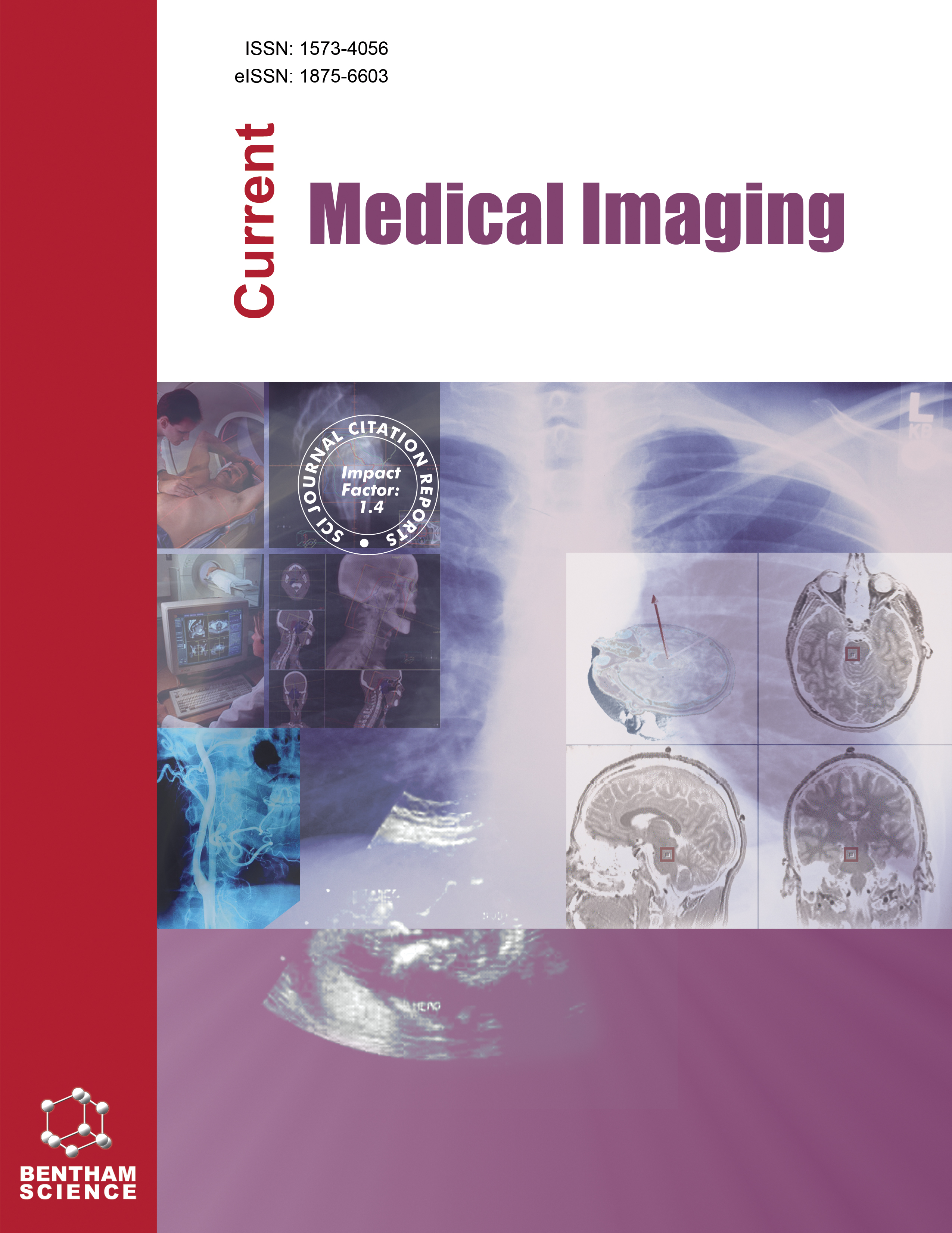-
oa Prediction of High-risk Growth Pattern in Invasive Lung Adenocarcinoma using Preoperative Multiphase MDCT, 18F-FDG PET, and Clinical Features
- Source: Current Medical Imaging, Volume 20, Issue 1, Jan 2024, e15734056352795
-
- 28 Aug 2024
- 10 Oct 2024
- 01 Jan 2024
Abstract
This study aimed to establish a model based on Multi-detector Computed Tomography (MDCT), 18F-fluorodeoxyglucose Positron Emission Tomography/Computed Tomography (18F-FDG PET/CT), and clinical features for predicting different growth patterns of preoperative Invasive Adenocarcinoma (IAC).
This retrospective study included 357 patients diagnosed with IAC who underwent surgical treatment. According to pathological subtypes, IAC was classified into low-risk growth patterns (lepidic, acinar) and high-risk growth patterns (papillary, micropapillary, and solid). The clinical features of patients, preoperative MDCT, and 18F-FDG PET imaging characteristics were collected. Logistic regression analysis was used to determine the independent risk factors for the high-risk growth pattern of IAC and construct models for predicting the high-/low-risk growth patterns of IAC. Receiver operating characteristics and calibration curves were plotted and Decision Curve Analysis (DCA) was performed to evaluate the performance and clinical benefits of the models, respectively.
Gender, tumor location, size, spiculation, and SUVavg were independent risk factors for high-risk growth patterns of IAC. The PET/CT imaging-clinical characteristics combined model could well identify high-/low-risk growth patterns of IAC (AUC=0.789), which outperformed the CT model (AUC=0.689, p=0.0012), PET model (AUC=0.742, p=0.0022), and clinical model (AUC=0.607, p<0.0001). The calibration curve indicated good coherence between all model predictions and actual observations in both training and test sets (p>0.05). DCA revealed the highest clinical benefit of PET/CT imaging-clinical characteristics combined model in identifying the high-risk growth pattern of IAC.
The PET/CT imaging-clinical model based on multiphase MDCT features, 18F-FDG PET features, and clinical characteristics could predict the high-risk growth pattern of IAC preoperatively, aiding clinicians in deciding personalized treatment strategies.


